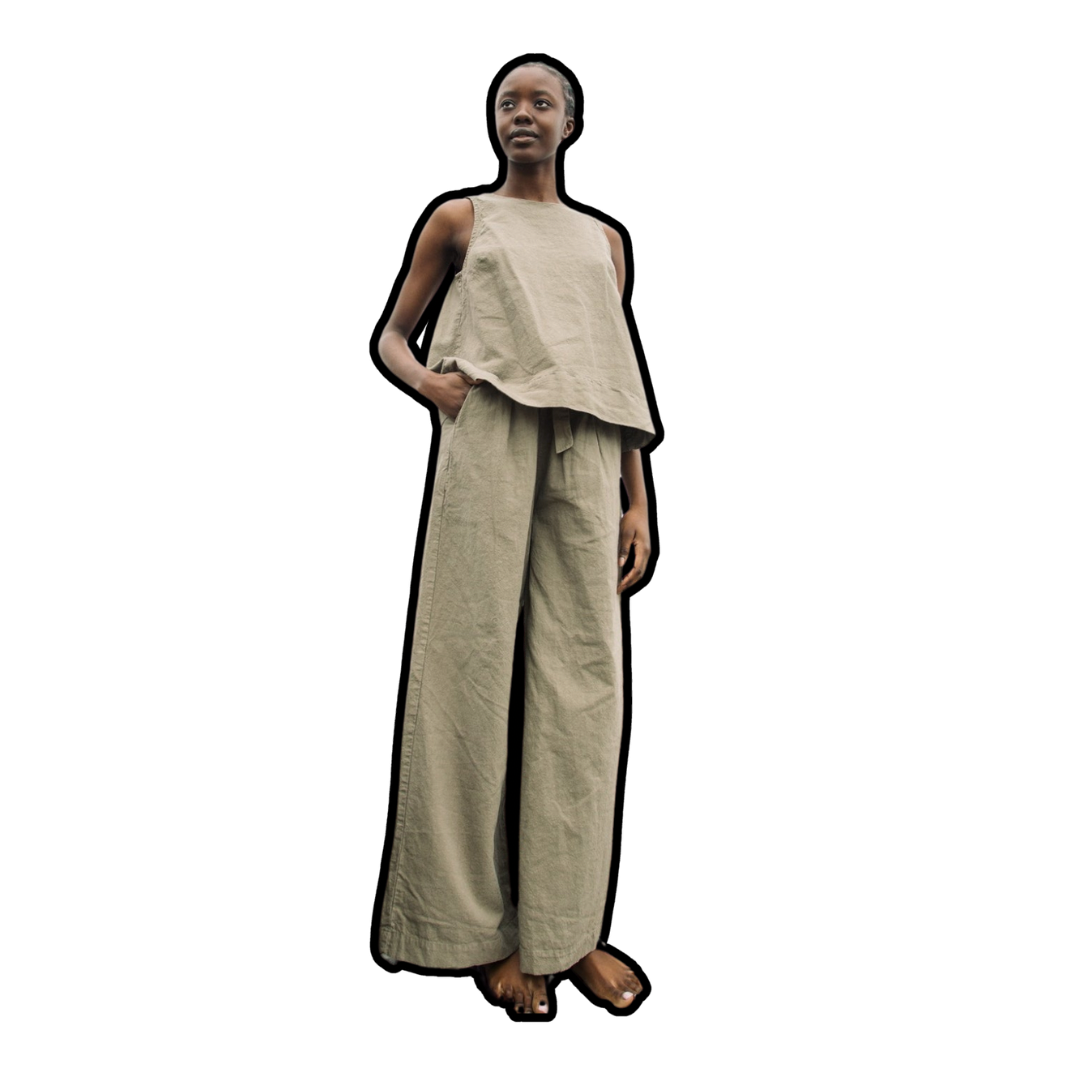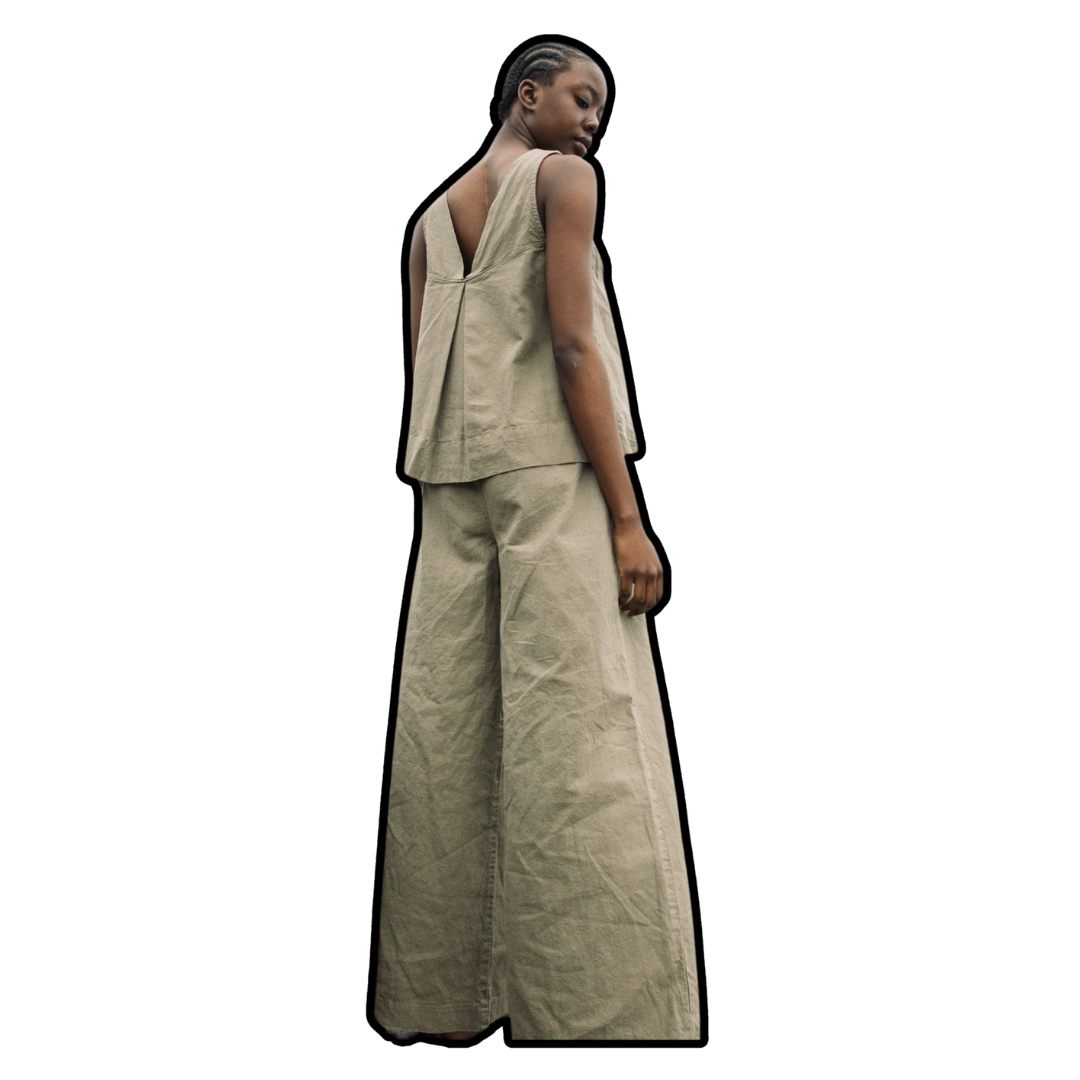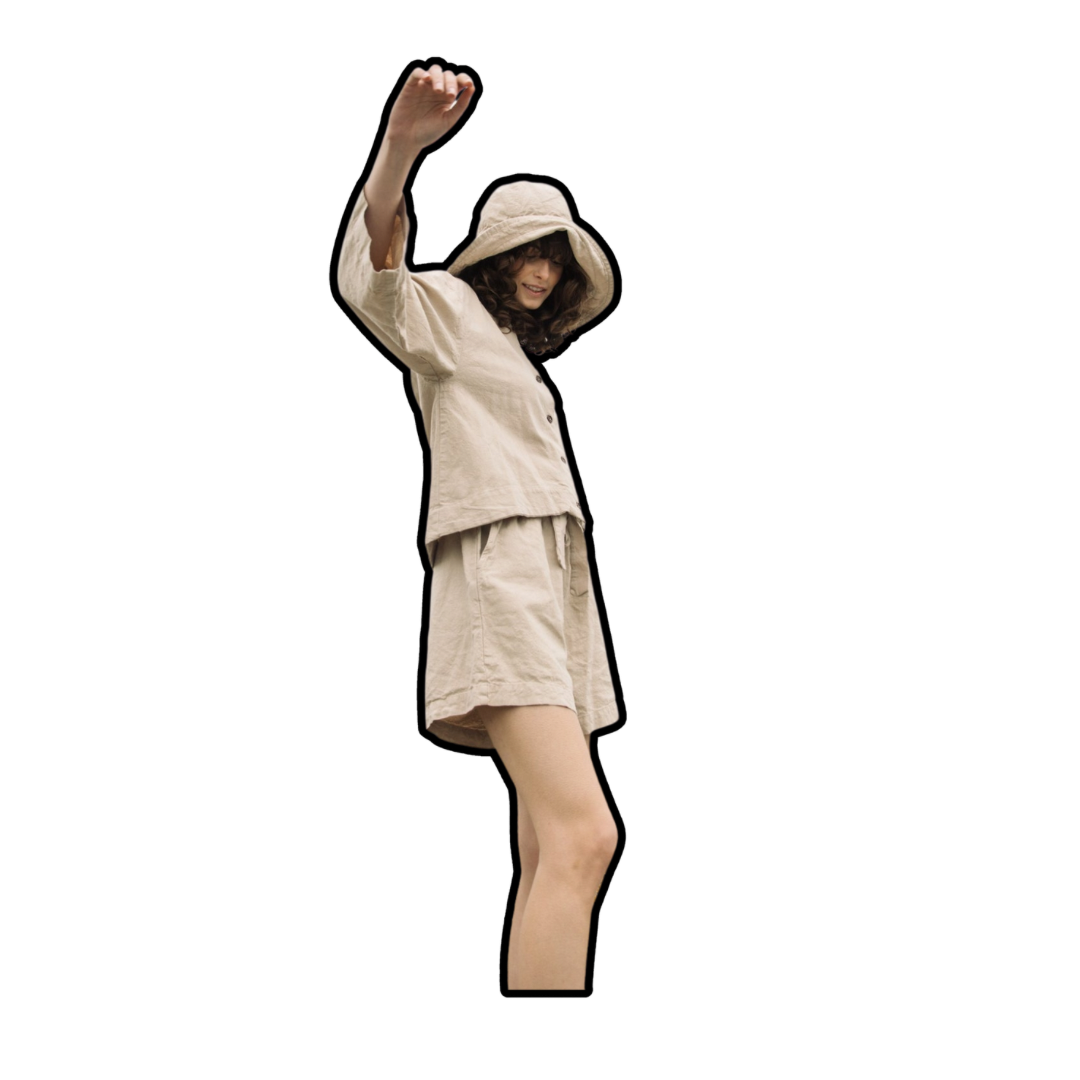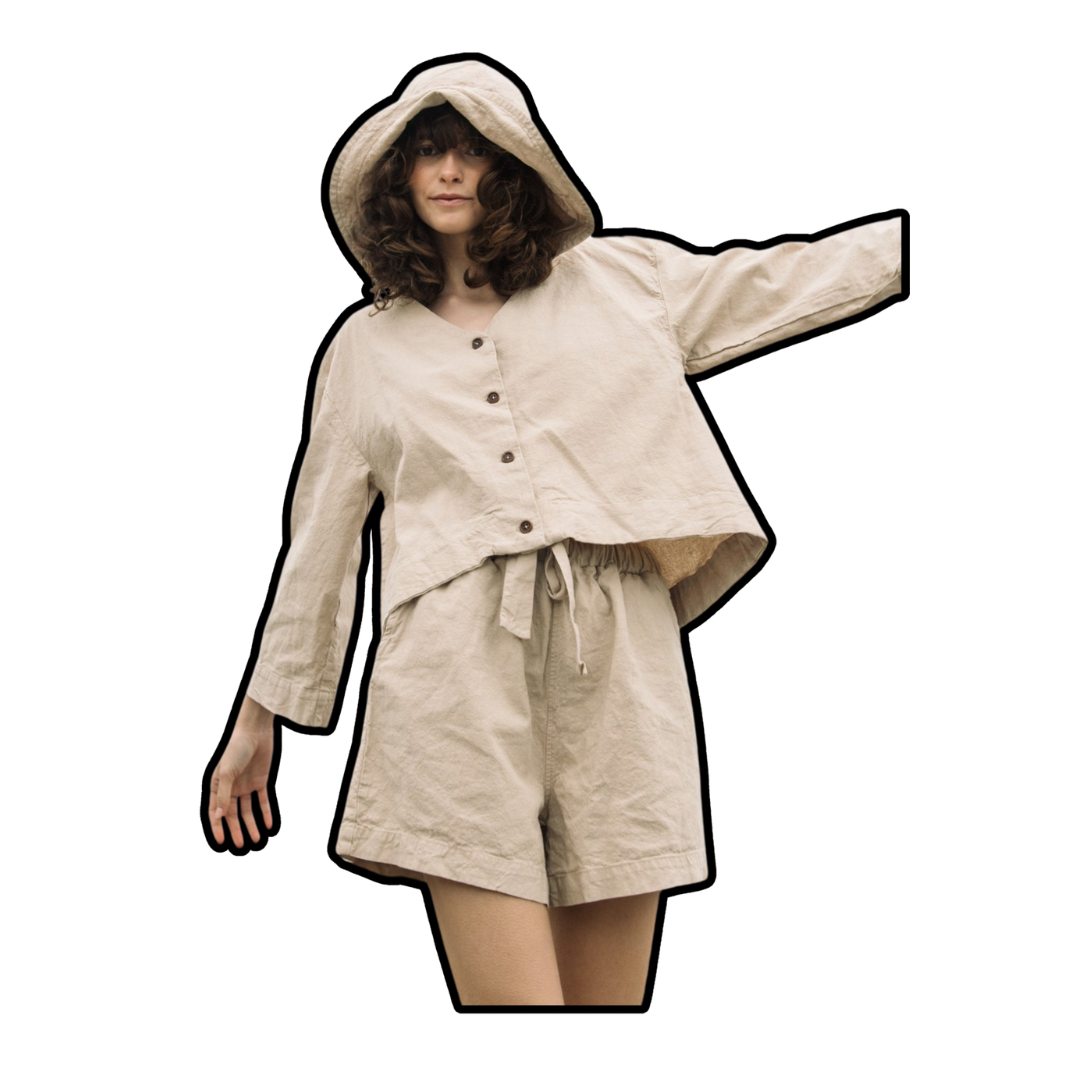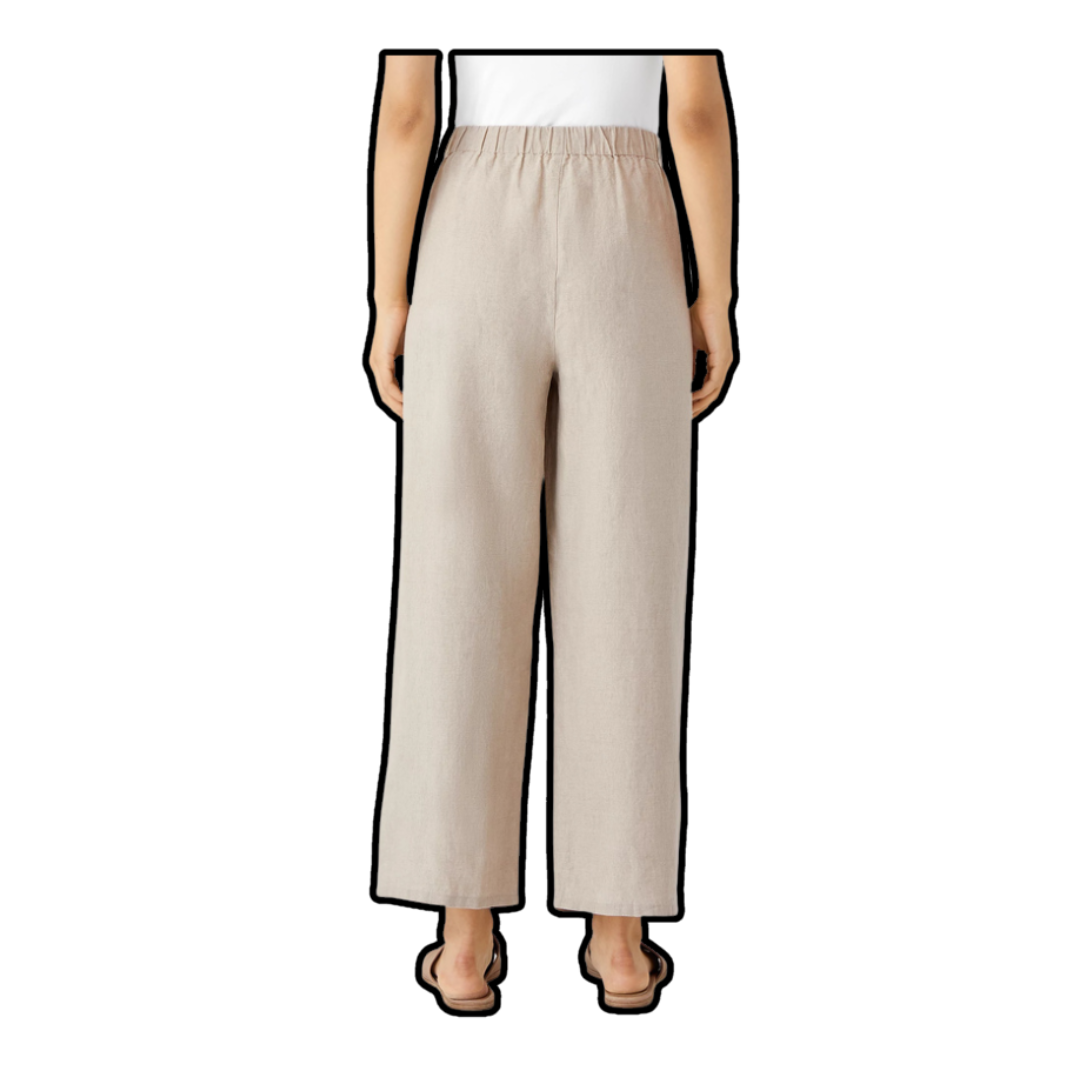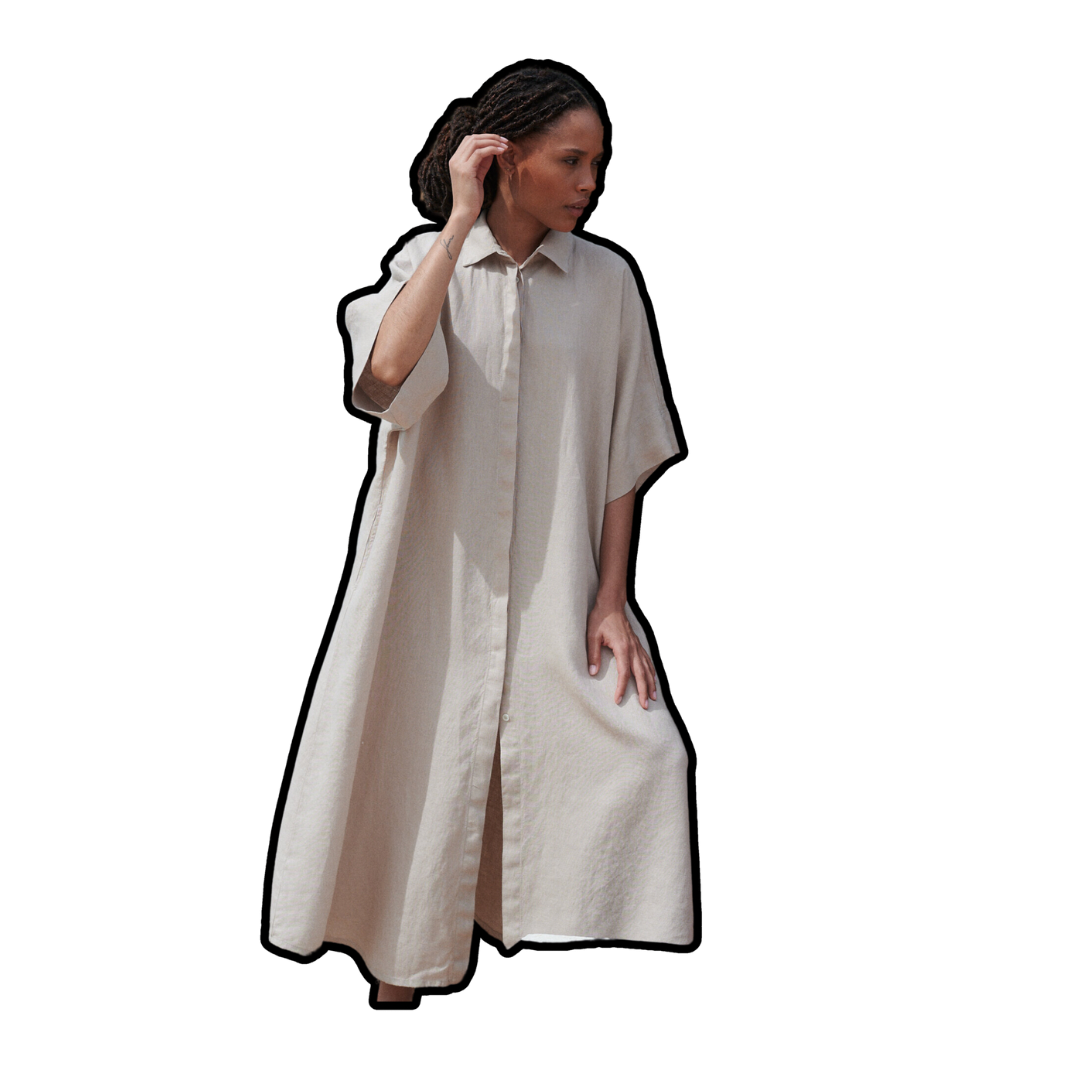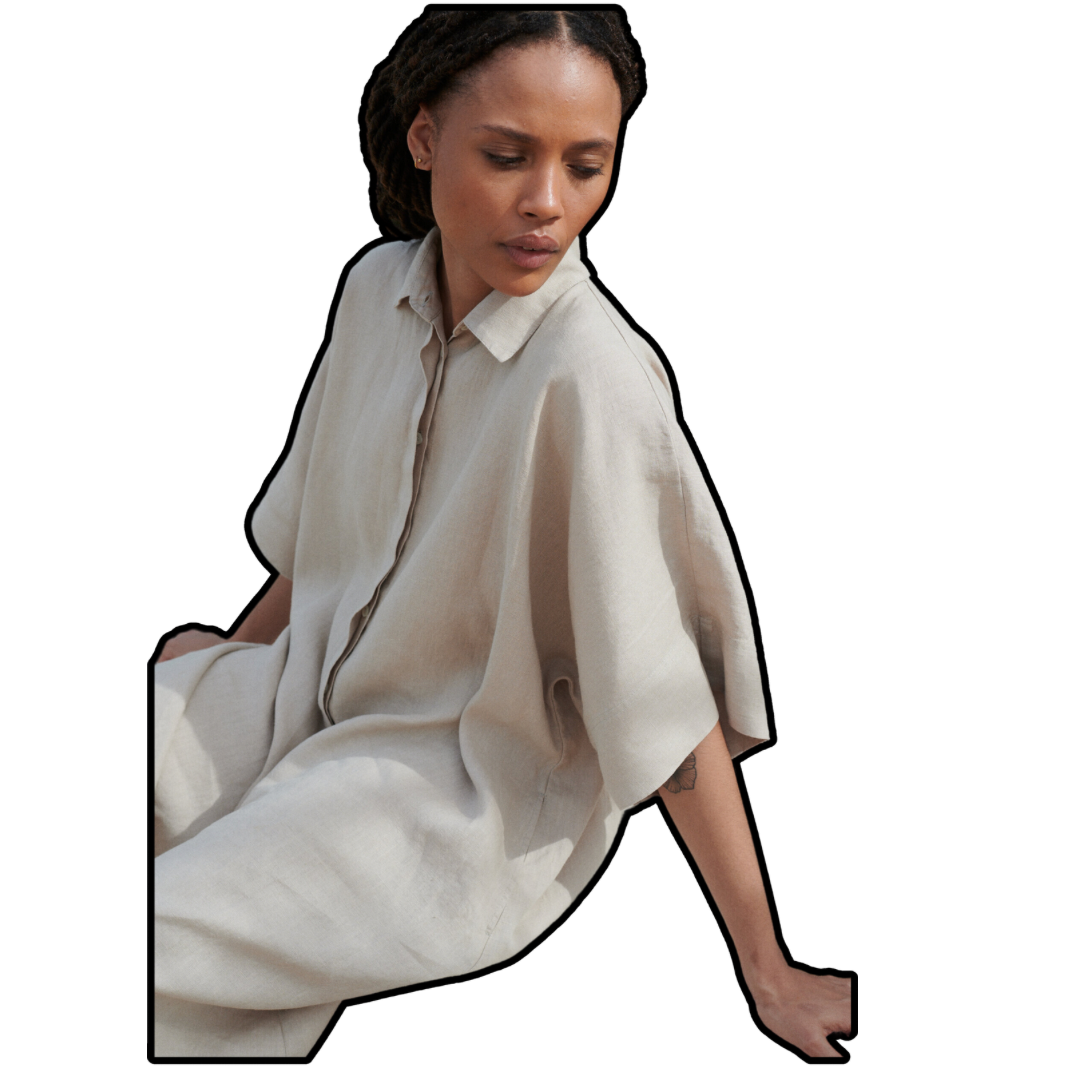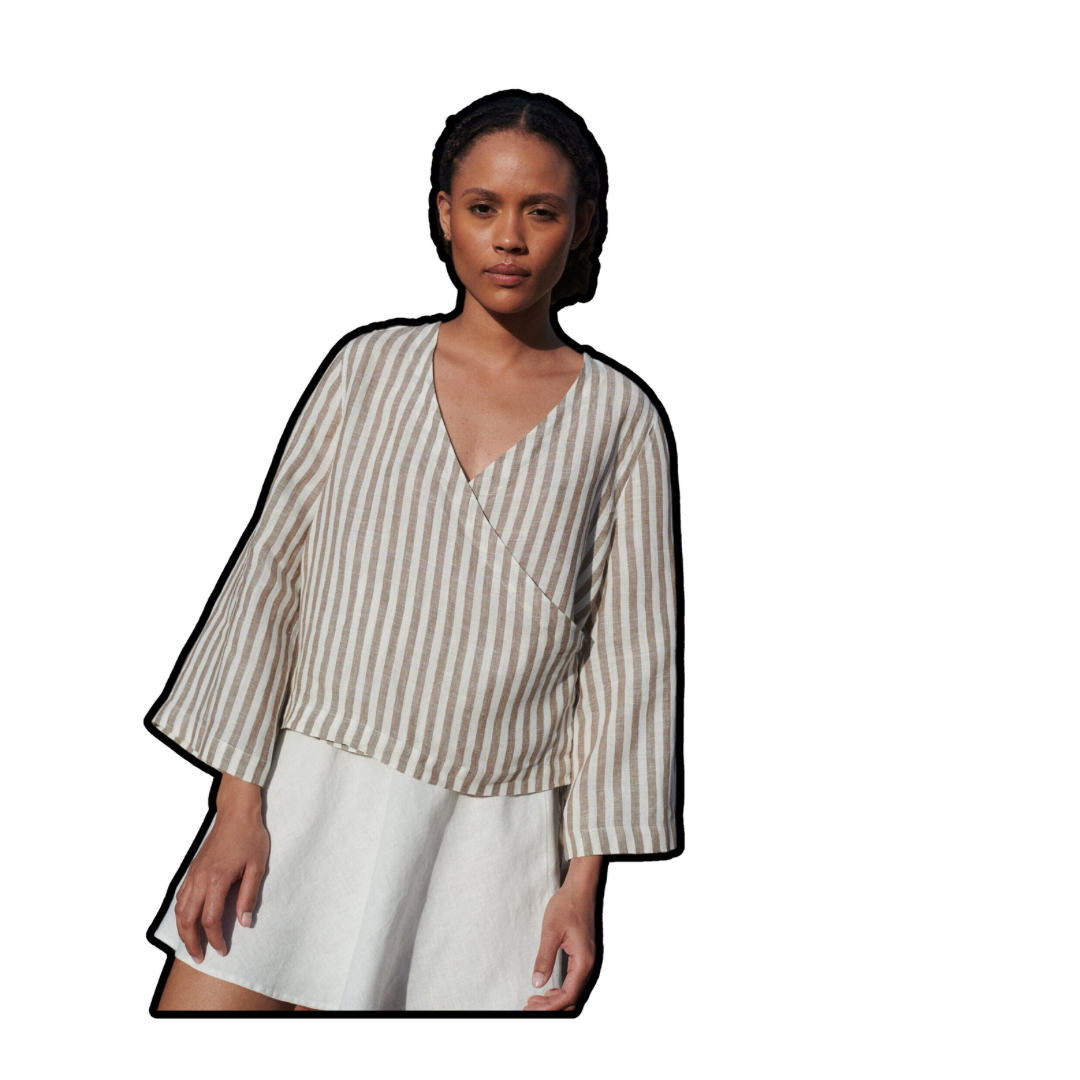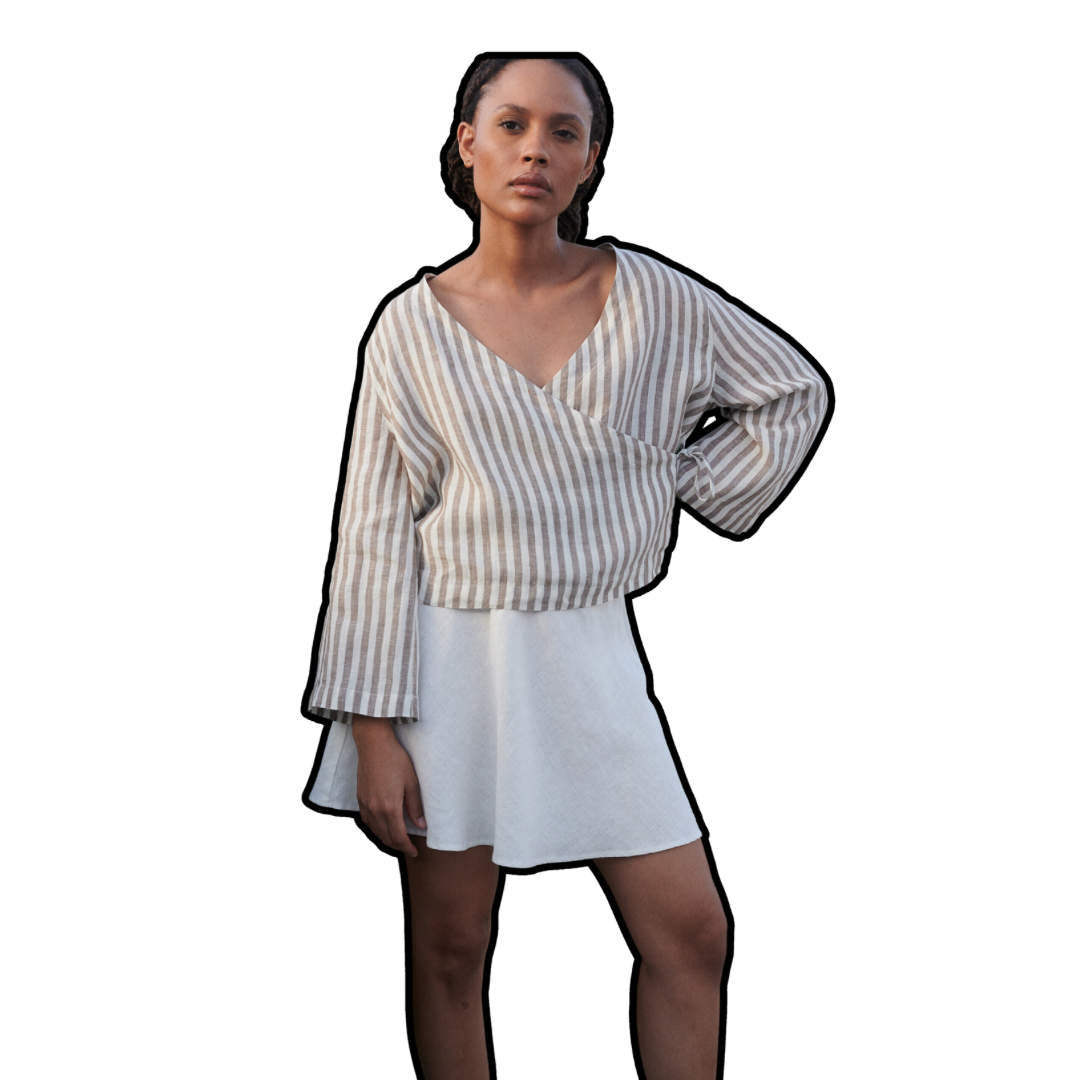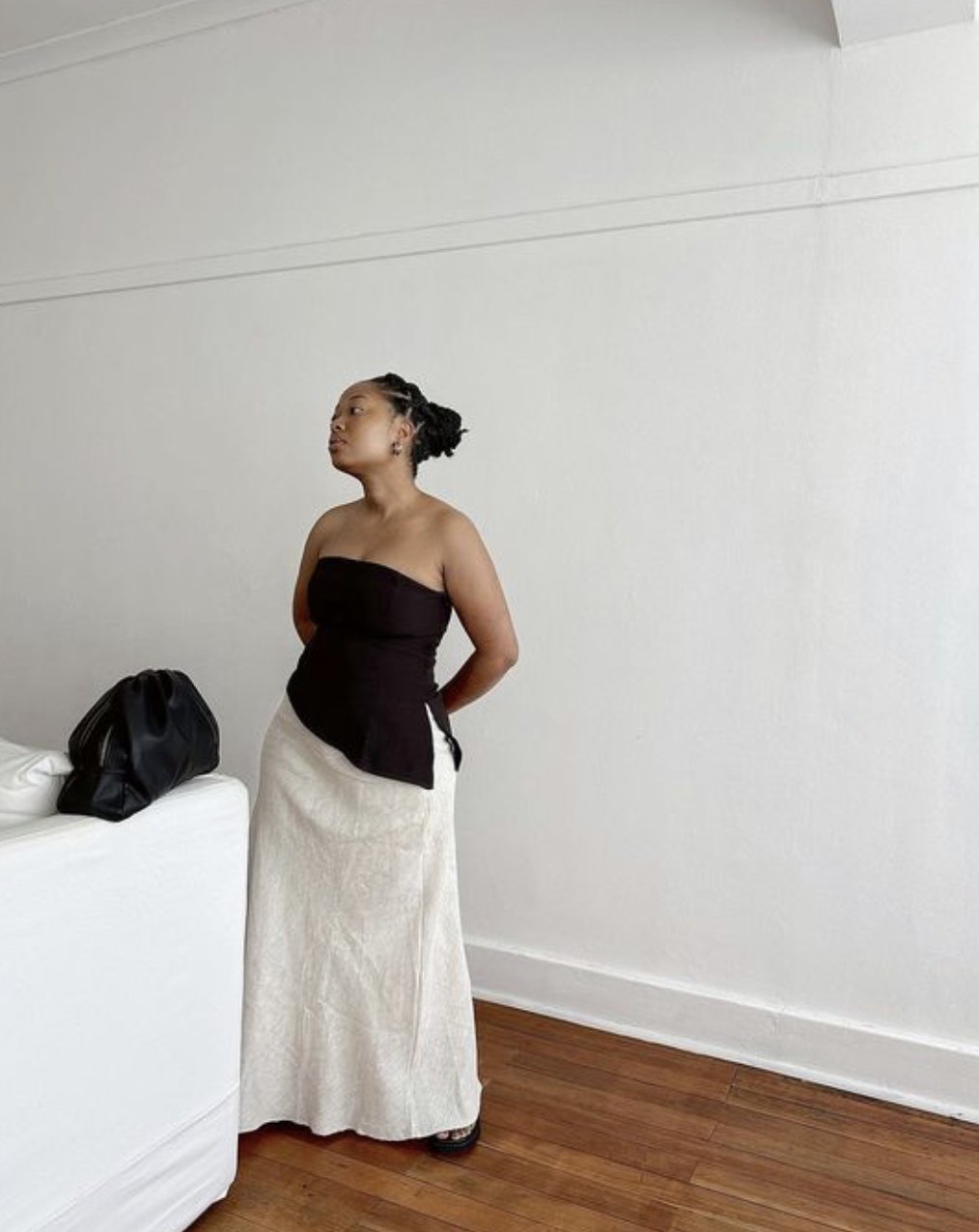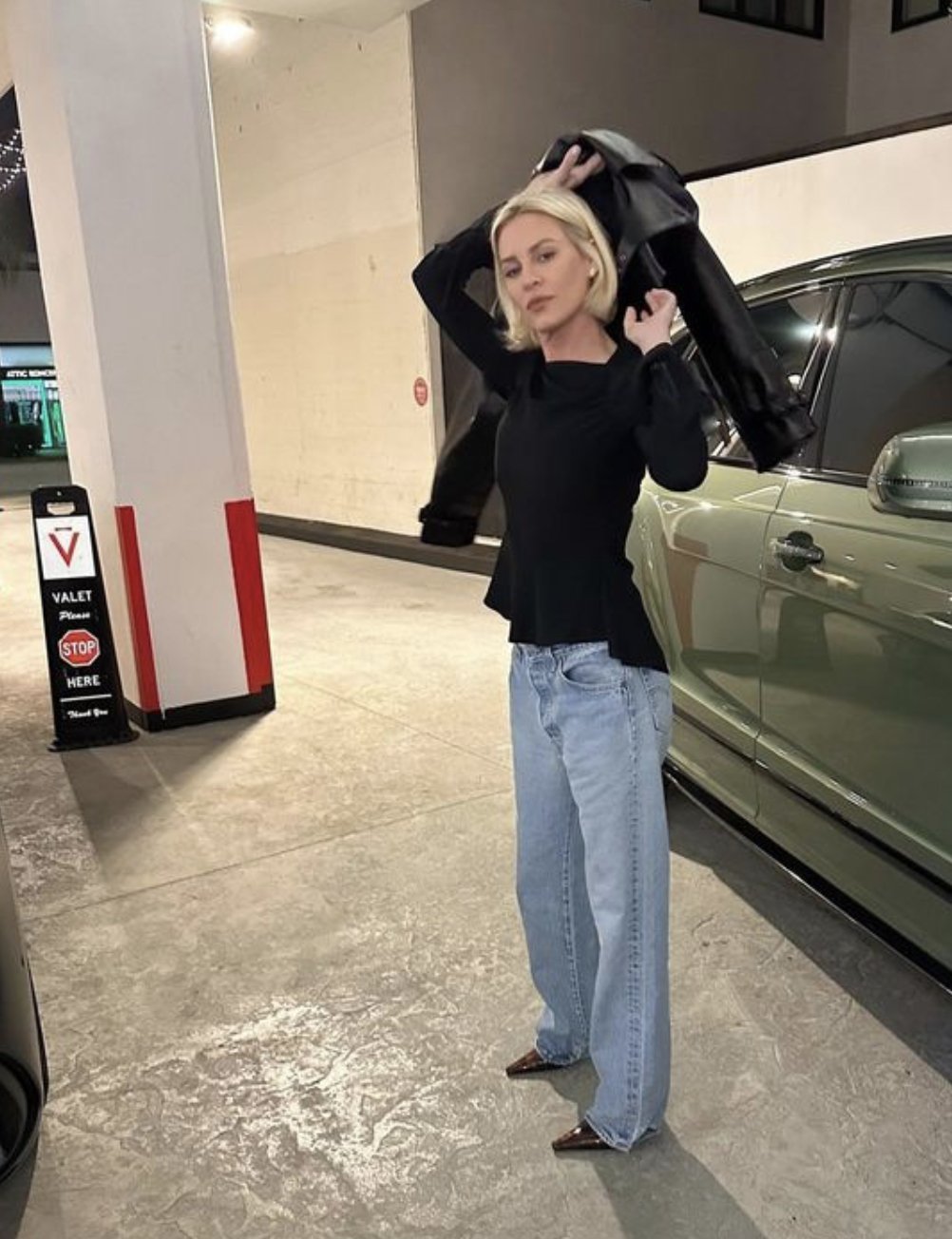The Intersection of fashion and sustainabilty: building a wardrobe to last a lifetime
In last week’s guide to the eclectic grandpa aesthetic, it became evident that a key difference in the way we dress today versus our beloved, eclectic grandpa inspirations icons is the longevity we expect and receive from our clothes. While many pieces in our older fashion icons’ wardrobes are well-worn and loved over years and decades, it is apparent that most young people do not expect our clothes to last as long. According to Earth.org, clothing sales have doubled since 2000, yet the “average number of times an item was worn decreased 36% overall.” Whether this data reflects constantly changing microtrends, an emphasis on cutting prices by using lower quality materials, or the expectation that our clothes will change with each new season, or most likely, a culmination of all of these factors, our clothing consumption habits have enormous consequences.
Fast fashion has huge ramifications for the environment. The fashion industry is the second largest industrial producer, contributing to 92 million tons of clothes-related waste and the production of 500 million tons of microplastics each year according to Earth.org. These statistics are sobering, yet they only offer a glimpse into the widespread consequences of fast fashion. As climate change becomes more severe, it becomes even more imperative to build sustainable wardrobes. In this post, I hope to show you how being conscious consumers and fashion lovers can successfully coexist.
KEY ELEMENTS OF A SUSTAINABLE WARDROBE:
QUALITY MATERIALS
RESPONSIBLE SOURCING
TIMELESS BASICS
Quality materials
At the foundation of a sustainable wardrobe is clothing that will stand the test of time. In order for pieces to be long-lasting, they must be made of durable, high-quality materials. Such materials include recycled wool or cotton, and organic hemp or linen. Untreated (undyed) linen is fully biodegradable and a material we love stylistically, especially during warmer months.
SHOP OUR FAVORITE SUSTAINABLE BRANDS:
Beaumont Organic
Beaumont Organic uses natural flax fibers and traditional hand-spinning techniques to create sustainable linen pieces.
Eileen Fisher
Using organic linen and Fair Trade Certified materials, Eileen Fisher is able to limit the detrimental environmental impacts of its production process by reducing use of “chemicals, water, and wastewater,” according to Sustainable Review.
Linenfox
A Lithuanian based brand, all of Linenfox’s production is local and uses only toxin free Oeko-Tex certified linen.
RESPONSIBLE SOURCING
Where you buy your clothes is just as important as what type of clothing you buy. Choosing local, smaller brands with a bigger focus on craftsmanship rather than mass production is always a better option when it comes to sustainability. Be sure to look at a company’s labor policies before you purchase from them. Yes, the upfront prices of small businesses can often be higher than fast fashion brands, yet frequently we find ourselves saving money because the higher-quality pieces prevent frequent rebuying. Look at small sellers on Etsy or in your community and support local businesses!
With the cyclical nature of fashion trends, it is also likely that something similar to that piece you are just dying to have already exists. We suggest checking out your local second-hand or thrift stores to reduce waste from new fashion production.
TIMELESS BASICS
Ultimately, buying fewer clothes greatly reduces the environmental impact of our wardrobes. So, now that you know which materials and types of stores to look for when purchasing an item, how do you know which styles to pick? Here are the questions we ask ourselves before a purchase:
Is this piece part of a current trend?
This doesn’t necessarily rule an item out, but it is important to consider if you like a piece because it’s trendy and if you will wear it long-term.
Does this piece reflect my personal style?
Do I have anything similar to this already in my closet?
Can I wear this item with many different outfits?
We use these questions as a guideline to create an intentionally-curated wardrobe and reduce that feeling of standing in front of a full closet and feeling like you have nothing to wear.
*SOME AFFILIATE LINKS ARE USED IN THIS POST, WHICH MEANS WE MAY EARN A COMMISSION ON ITEMS PURCHASED*We could not find the original source of some images used in this blog post. Please email info@astyleset.com for image credit or removal.
